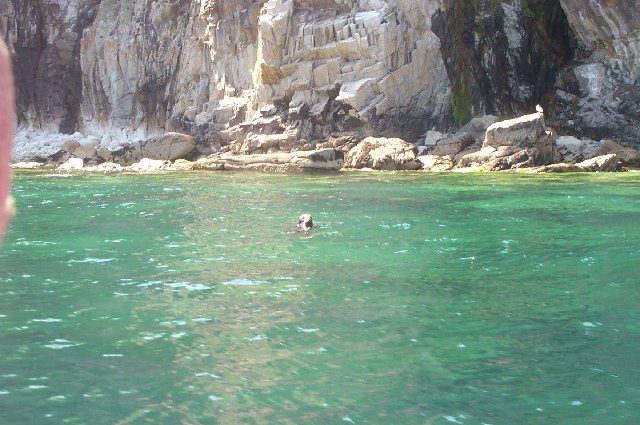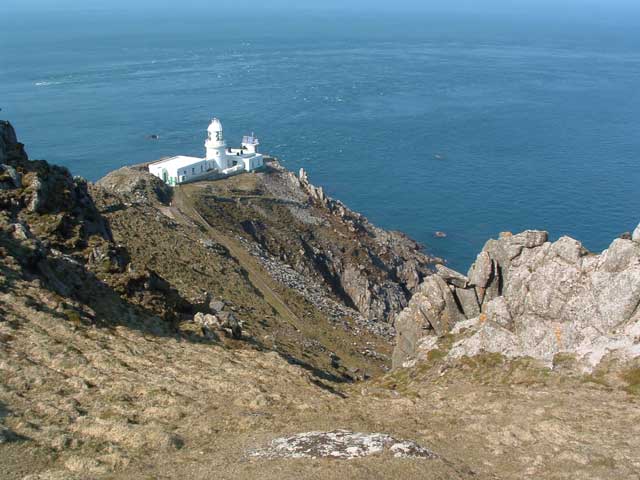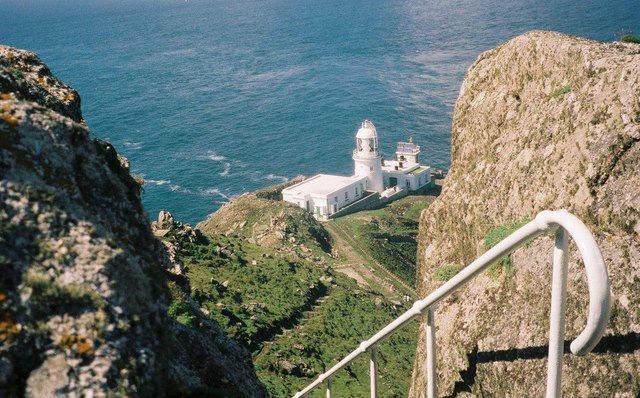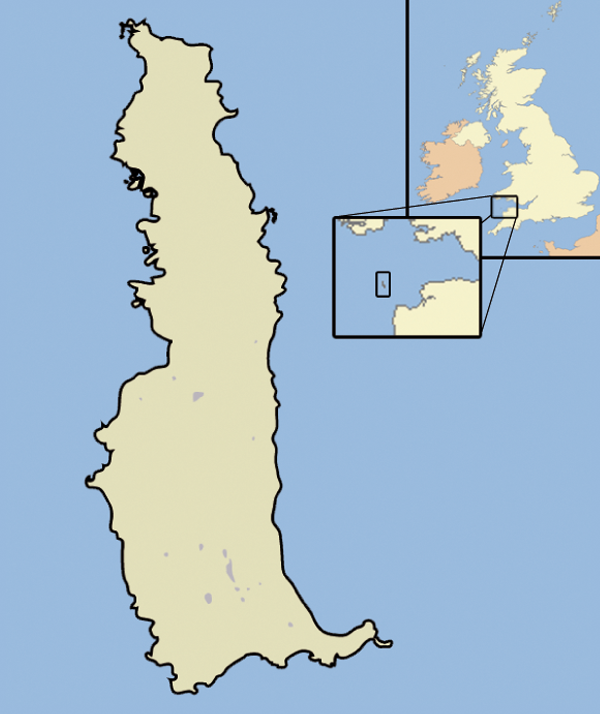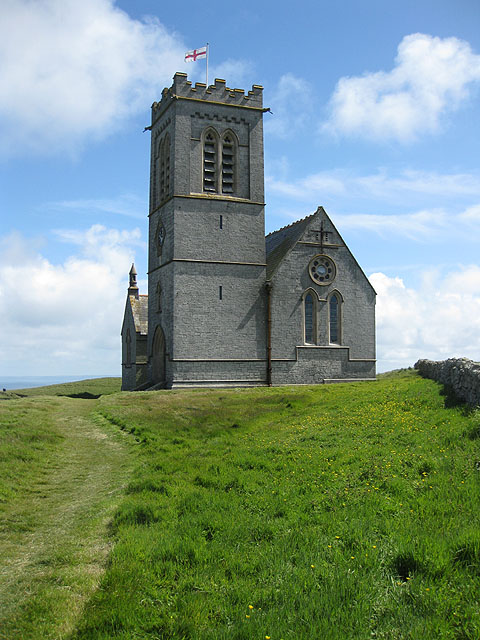North West Point
Coastal Feature, Headland, Point in Devon Torridge
England
North West Point
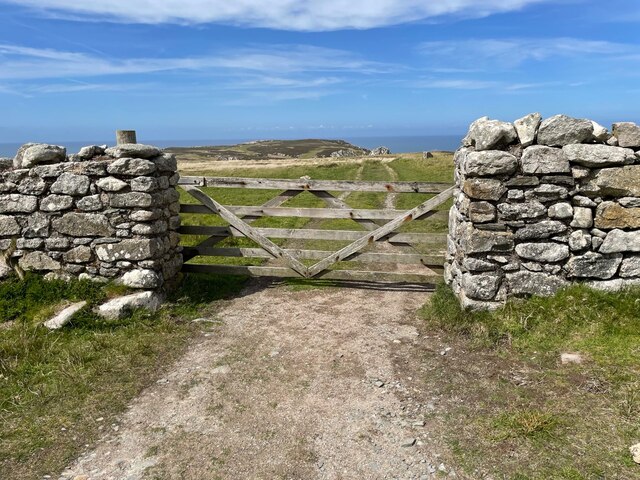
North West Point is a prominent headland located on the northern coast of Devon, England. Situated at the westernmost point of the county, this coastal feature juts out into the Atlantic Ocean, offering stunning panoramic views of the surrounding landscape. The point is known for its rugged cliffs, which rise dramatically from the sea, providing a dramatic backdrop against the crashing waves.
The headland is characterized by its unique geological formations, shaped over millions of years by the relentless forces of erosion. The cliffs are composed of layers of sedimentary rock, displaying a rich tapestry of colors and textures. Fossils can often be found embedded within these rocks, offering a glimpse into the region's ancient past.
North West Point is a popular destination for outdoor enthusiasts and nature lovers alike. The headland offers numerous walking trails, allowing visitors to explore the area's natural beauty. The coastal path that winds along the cliffs provides breathtaking views of the sea and the surrounding countryside. On clear days, it is even possible to catch a glimpse of Lundy Island, located approximately 12 miles offshore.
The headland is also home to a diverse array of wildlife. Seabirds, such as fulmars and gulls, can be spotted nesting on the cliffs, while peregrine falcons can often be seen soaring above. The surrounding waters are teeming with marine life, including seals and dolphins, adding to the area's appeal for wildlife enthusiasts.
In conclusion, North West Point is a striking and picturesque headland in Devon, offering visitors a chance to immerse themselves in the beauty of the natural world. Whether it is exploring the scenic coastal paths or admiring the geological wonders, this coastal feature is a must-visit destination for those seeking tranquility and natural splendor.
If you have any feedback on the listing, please let us know in the comments section below.
North West Point Images
Images are sourced within 2km of 51.201236/-4.67626 or Grid Reference SS1348. Thanks to Geograph Open Source API. All images are credited.



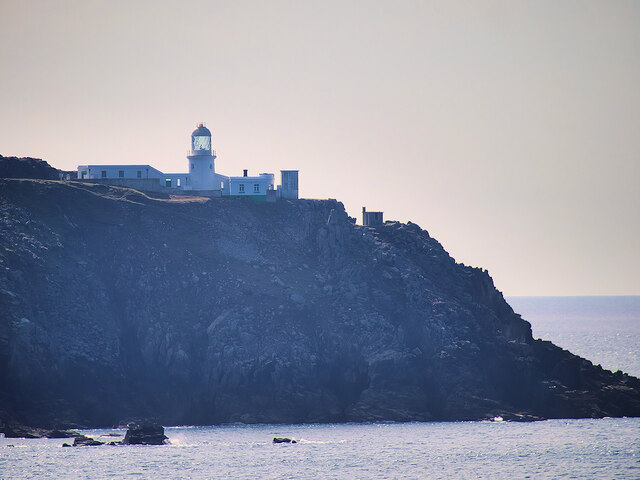


North West Point is located at Grid Ref: SS1348 (Lat: 51.201236, Lng: -4.67626)
Administrative County: Devon
District: Torridge
Police Authority: Devon and Cornwall
What 3 Words
///unimpeded.inferior.announced. Near Northam, Devon
Nearby Locations
Related Wikis
Jenny (1783 ship)
Jenny was built at Newfoundland in 1783. She sailed to Britain and traded between Britain and Newfoundland and then between Bristol and Africa until 1790...
Lundy
Lundy is an English island in the Bristol Channel. It forms part of the district of Torridge in the county of Devon. About 3 miles (5 kilometres) long...
St Helen's Church, Lundy
Saint Helen's Church, also often incorrectly known as Saint Helena's Church, is an Anglican church on the 445 ha (1,100 acres) island of Lundy, lying at...
Nearby Amenities
Located within 500m of 51.201236,-4.67626Have you been to North West Point?
Leave your review of North West Point below (or comments, questions and feedback).

